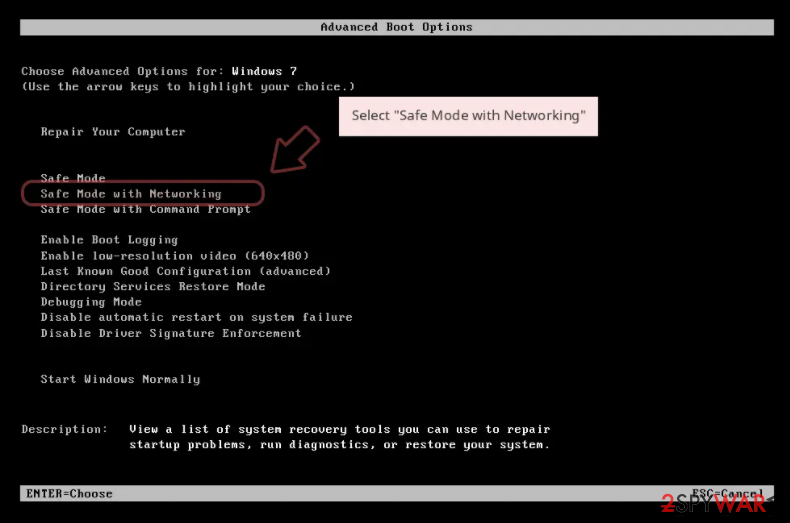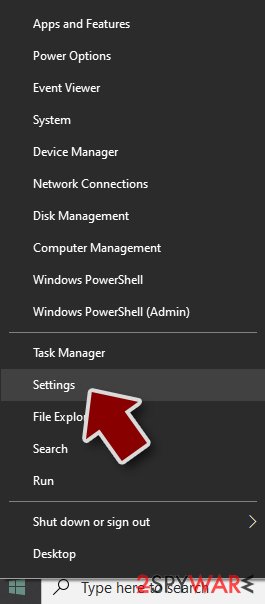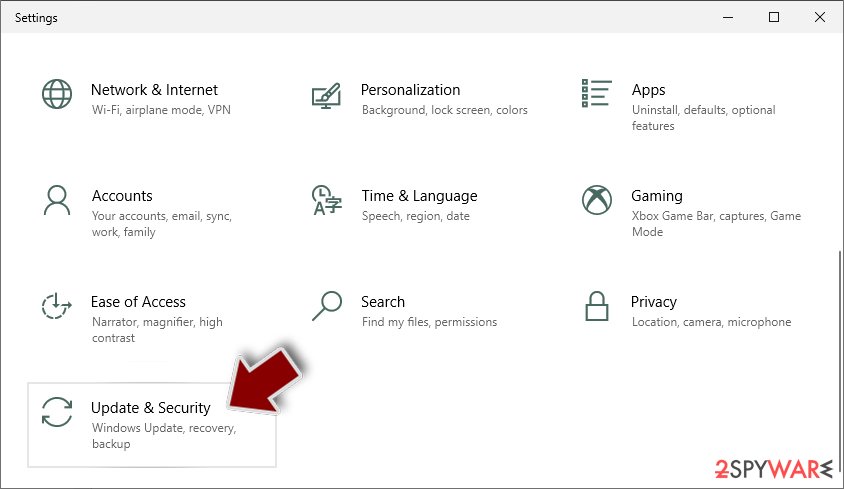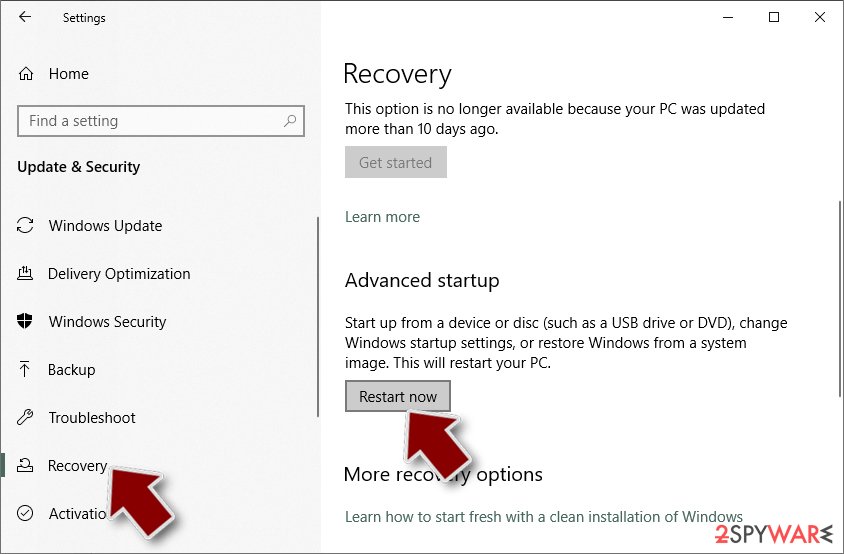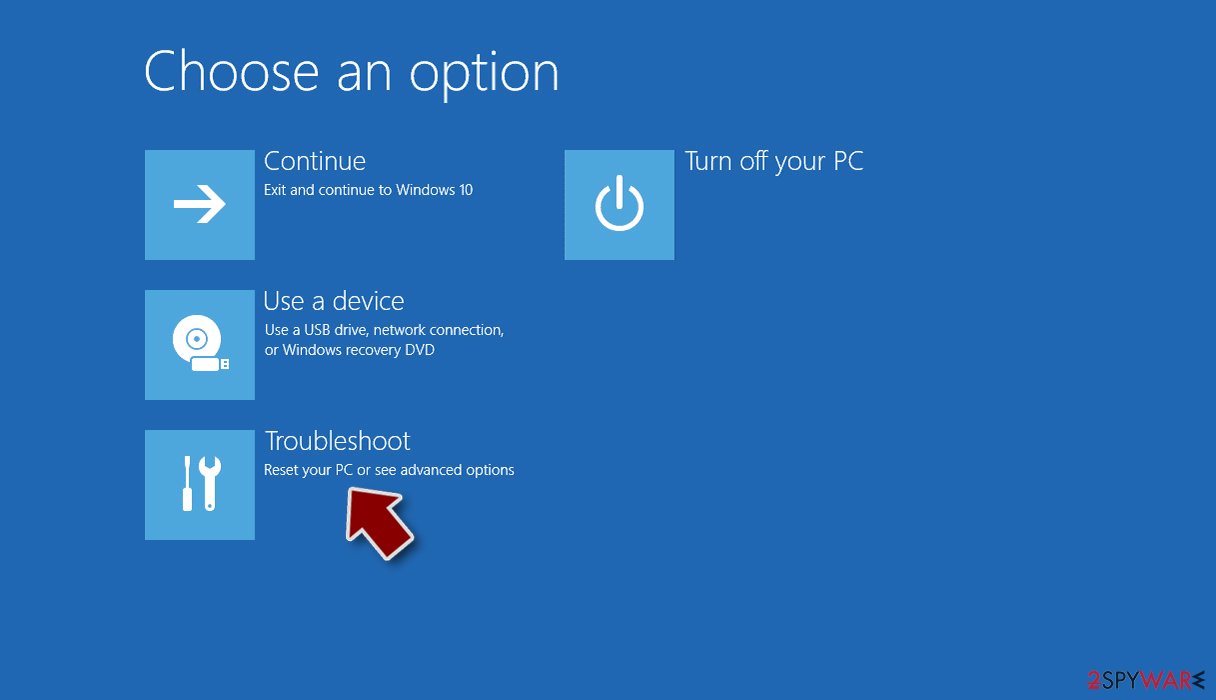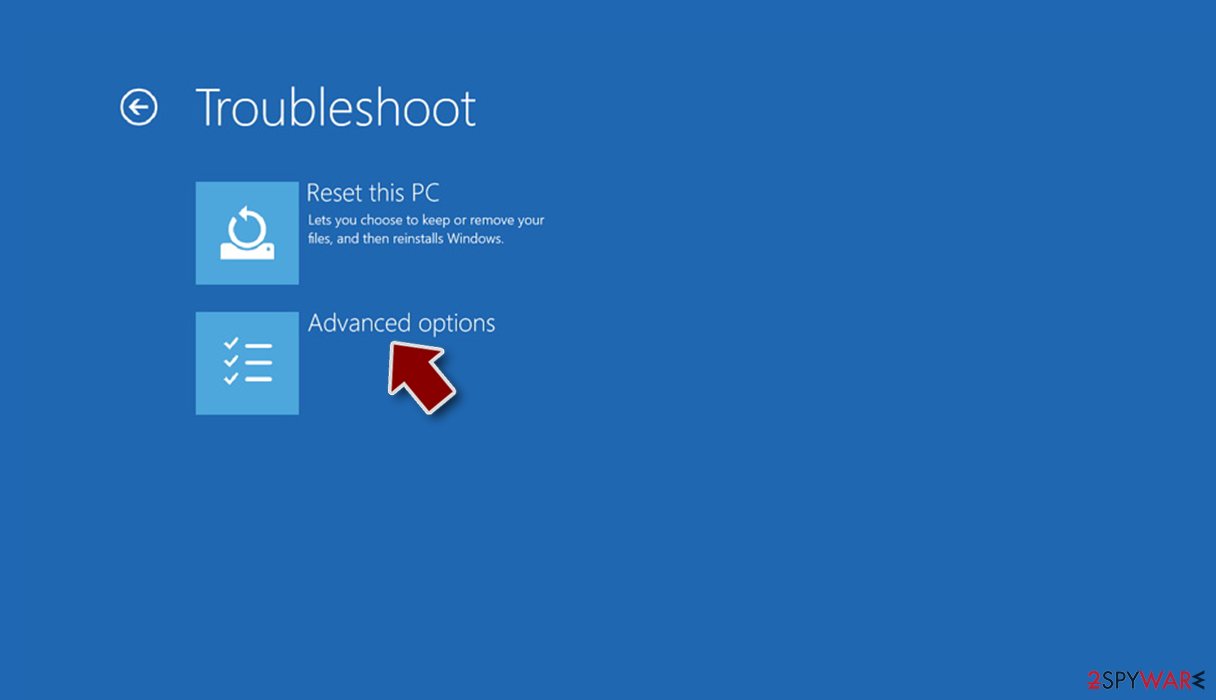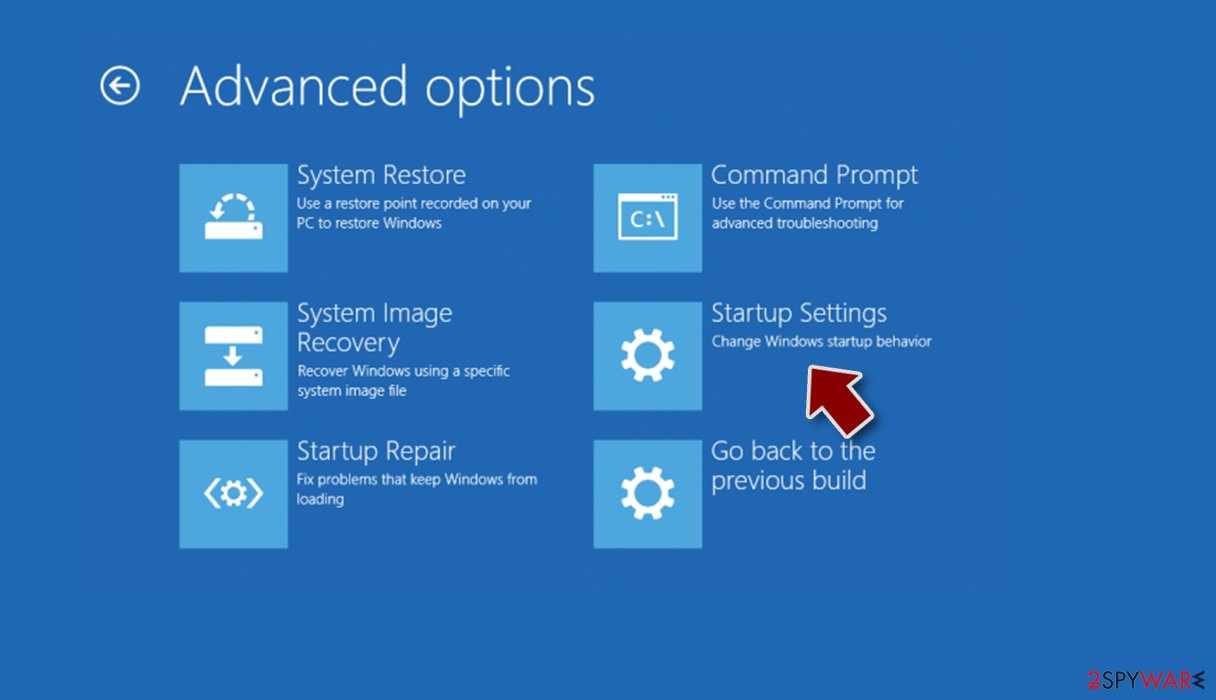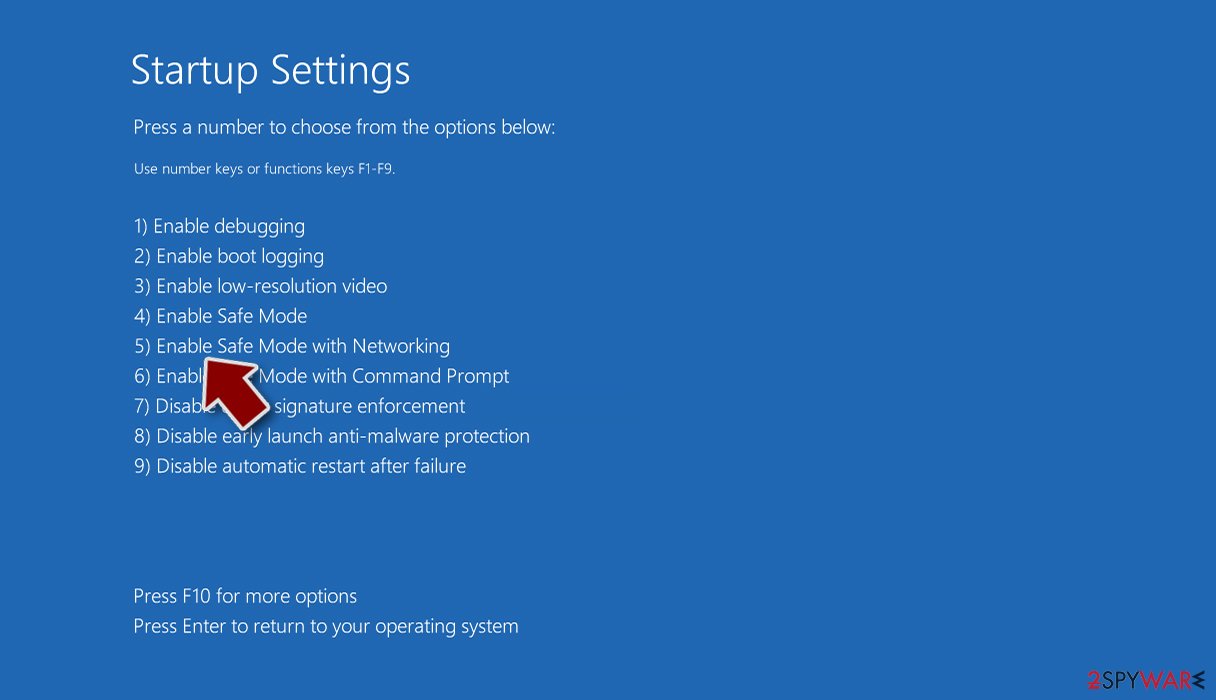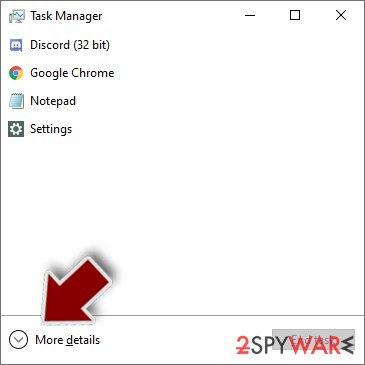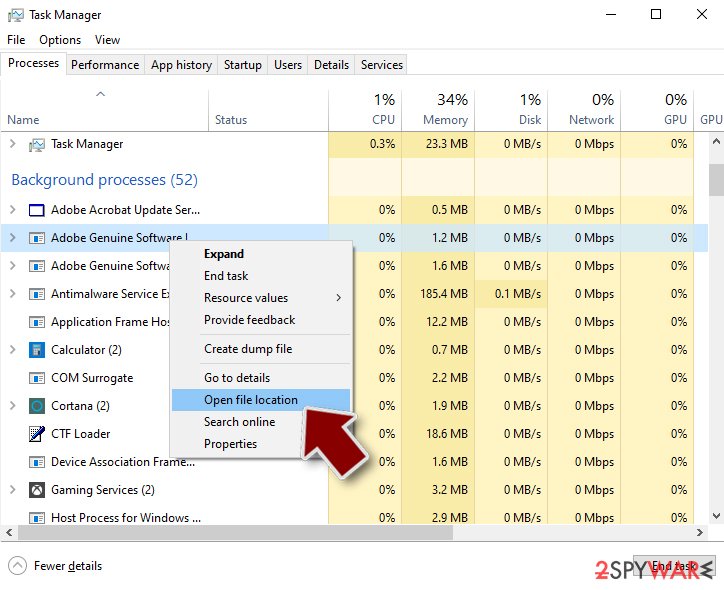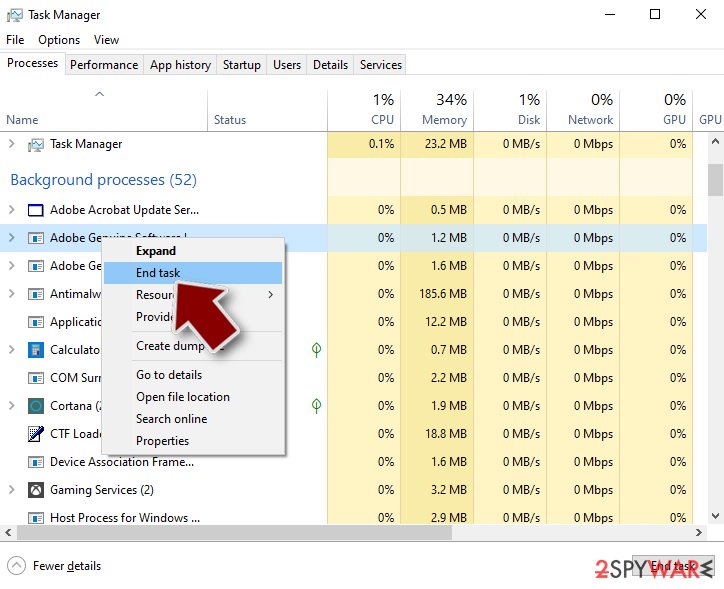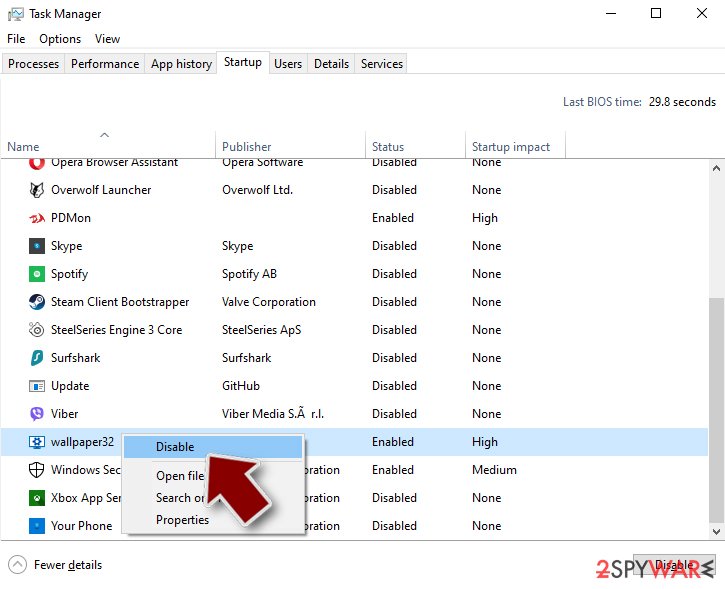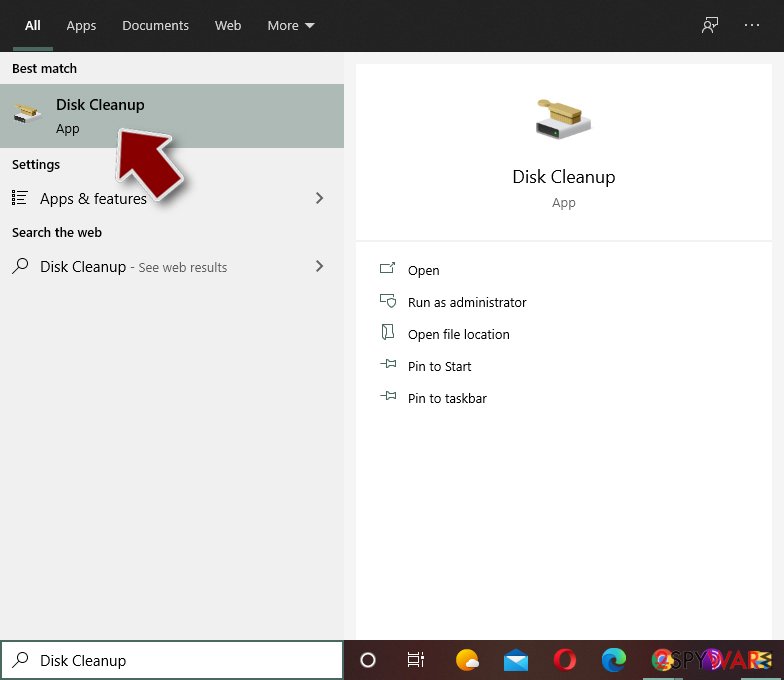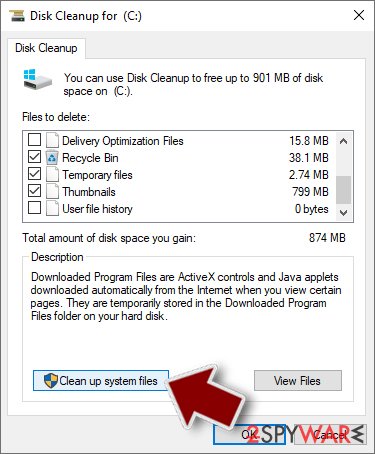Archiveus (Virus Removal Guide) - updated Aug 2018
Archiveus Removal Guide
What is Archiveus?
Archiveus – one of the first ransomware viruses that got cracked by security researchers quickly
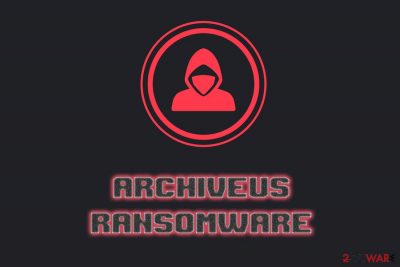
Archiveus is a quite primitive trojan that enters users computers silently and encrypts all personal files. The virus also drops an “Instructions how to get your files back.txt” ransom note which explains victims that the user got infected with the Archiveus virus while browsing pornographic websites. To retrieve their data, victims have to unlock all files located in EncryptedFiles.als using a password of more than 30 symbols long. Hackers then inform users that they have to contact them via restoring@safemail.net or restoringfiles@yahoo.com email and make several purchases in three different online pharmacy stores before they are provided the password. Fortunately, Archiveus ransomware was decrypted successfully by Sophos security researchers[1] in a short period after the ransomware surfaced.
| SUMMARY | |
| Name | Archiveus |
| Type | Ransomware |
| Ransom note | Instructions how to get your files back.txt |
| File location | EncryptedFiles.als |
| Decryptable? | Yes. Password: mf2lro8sw03ufvnsq034jfowr18f3cszc20vmw |
| Distribution | Spam emails, malicious websites, etc. |
| Detection and eleimination | Use FortectIntego |
Archiveus trojan typically infiltrates machines via spam emails, file-sharing sites, and other deceptive means. As soon as it enters the device, it scans the computer for various files, including:
- db
- key
- rar
- txt
- xls
- xml
- zip, etc.
As soon as the scan is complete, every personal file is deleted from its original location and a copy created which is then placed into EncryptedFiles.als folder. Every time the victim tries to open any file, he or she is presented with the following ransom note “how to get your files back.txt”:
INSTRUCTIONS HOW TO GET YOUR FILES BACKREAD CAREFULLY
This is automated report generated by auto archiving software.
All your documents, text files and databases was archived with the long password.
You can not guess the password for your archived files – password length is more than 30 symbols that makes all password recovery programs fail to bruteforce it (guess password by trying all possible combinations).Do not try to search for a program that encrypted your information – it simply does not exist in your hard disk anymore. System backup will not help you to restore files. Reporting to police about a case will not help you, they do not know the password. Reporting somewhere about our email account will not help you to restore files. Moreover, you and other people will lose contact with us, and consequently, all the encrypted information.
WE DO NOT ASK YOU FOR ANY MONEY! We only want to do business with you. You can even EARN extra money with us. If you really care about the documents and information in encrypted files, you should send an email to restoring@safemail.net or restoringfiles@yahoo.com This is your only way to get your files back and save your time.
We do not want to do you any harm, we do not ask you for money, we only want to do business with you.
Archiveus ransomware also modifies Registry entries that can then be associated with the .ALS files. Therefore, each time the victim clicks on the file the malicious executable is run.
Fortunately, security experts managed to crack the Archiveus malware quickly. The password for the affected files is mf2lro8sw03ufvnsq034jfowr18f3cszc20vmw, and it applies to every user who is affected. Nevertheless, unlike in other Crypto-viruses, Archiveus removal has to be performed after data recovery. Otherwise, getting access to your files will be impossible.
Archiveus trojan also creates Demo.als file as a proof that decoding data is possible. Nevertheless, users should simply ignore hackers and remove Archiveus ransomware after they recover personal data. Unfortunately, the trojan is quite buggy, and several files might become corrupted after decryption. Therefore, the only safe way to get your files back is by using backups.
As soon as you are done with the data retrieval, you should remove Archiveus virus using FortectIntego or other reputable security software.
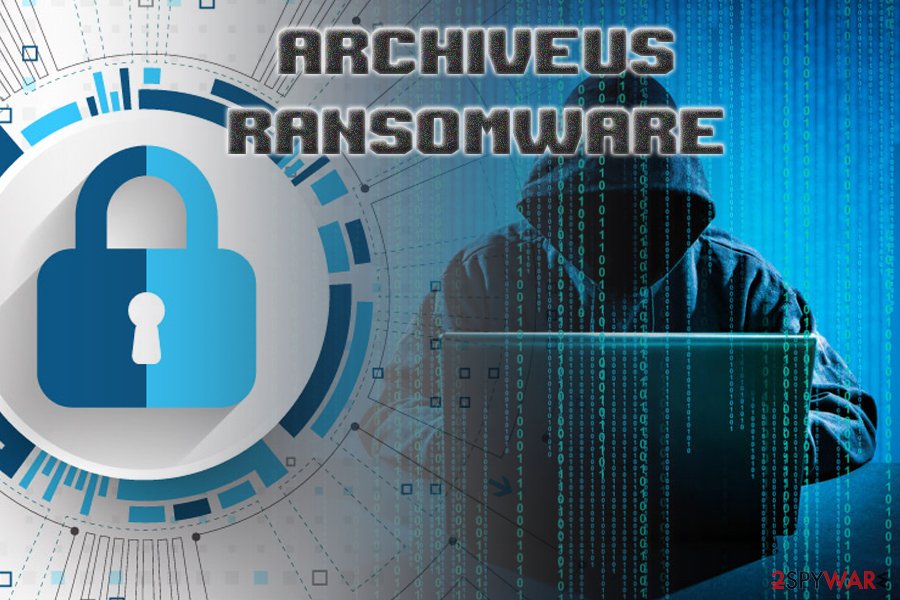
Be careful when browsing the internet and opening spam emails
According to researchers,[2] users are used to browsing the internet carelessly, be it questionable websites or suspicious spam emails. However, it seems like users take no actions until it is too late and they get infected with a file locking virus. Therefore, it is crucial to be attentive online.
One of the main trojan distribution methods is via phishing emails.[3] These messages often contain an attachment that can be disguised as a legitimate document (.pdf, .doc, .html, .txt, .rar, etc.). As soon as users click on the file and allow the malicious macros to run, the payload is executed on the targeted machine. Alternatively, users might be prompted to click on a cleverly designed hyperlink which would immediately initiate the installation of the virus.
Another dangerous part of the internet is the questionable websites. Certain sites (file-sharing, porn, online dating, etc.) are less secure than others – especially those who offer to download executables. Therefore, avoid questionable domains and download the software and its updates on legitimate sites only.
Finally, make sure you install security software and keep your system backups up to date.
Make no mistake – recover your files before you eliminate Archiveus virus
Although it took researchers only a few weeks to find malware's weakness and uncover the password, it is crucial to take caution when following the Archiveus removal procedure. Be aware that you have to recover your files by using a mf2lro8sw03ufvnsq034jfowr18f3cszc20vmw password for data locked inside the EncryptedFiles.als folder.
As soon as you are done with the file recovery, you can remove Archiveus virus using reputable security software. Beware that the virus can tamper with the proper operation of the anti-virus program. Thus, you might have to access Safe Mode with Networking as explained below.
Getting rid of Archiveus. Follow these steps
Manual removal using Safe Mode
In case the Archiveus is tampering with the security software, enter Safe Mode with Networking:
Important! →
Manual removal guide might be too complicated for regular computer users. It requires advanced IT knowledge to be performed correctly (if vital system files are removed or damaged, it might result in full Windows compromise), and it also might take hours to complete. Therefore, we highly advise using the automatic method provided above instead.
Step 1. Access Safe Mode with Networking
Manual malware removal should be best performed in the Safe Mode environment.
Windows 7 / Vista / XP
- Click Start > Shutdown > Restart > OK.
- When your computer becomes active, start pressing F8 button (if that does not work, try F2, F12, Del, etc. – it all depends on your motherboard model) multiple times until you see the Advanced Boot Options window.
- Select Safe Mode with Networking from the list.

Windows 10 / Windows 8
- Right-click on Start button and select Settings.

- Scroll down to pick Update & Security.

- On the left side of the window, pick Recovery.
- Now scroll down to find Advanced Startup section.
- Click Restart now.

- Select Troubleshoot.

- Go to Advanced options.

- Select Startup Settings.

- Press Restart.
- Now press 5 or click 5) Enable Safe Mode with Networking.

Step 2. Shut down suspicious processes
Windows Task Manager is a useful tool that shows all the processes running in the background. If malware is running a process, you need to shut it down:
- Press Ctrl + Shift + Esc on your keyboard to open Windows Task Manager.
- Click on More details.

- Scroll down to Background processes section, and look for anything suspicious.
- Right-click and select Open file location.

- Go back to the process, right-click and pick End Task.

- Delete the contents of the malicious folder.
Step 3. Check program Startup
- Press Ctrl + Shift + Esc on your keyboard to open Windows Task Manager.
- Go to Startup tab.
- Right-click on the suspicious program and pick Disable.

Step 4. Delete virus files
Malware-related files can be found in various places within your computer. Here are instructions that could help you find them:
- Type in Disk Cleanup in Windows search and press Enter.

- Select the drive you want to clean (C: is your main drive by default and is likely to be the one that has malicious files in).
- Scroll through the Files to delete list and select the following:
Temporary Internet Files
Downloads
Recycle Bin
Temporary files - Pick Clean up system files.

- You can also look for other malicious files hidden in the following folders (type these entries in Windows Search and press Enter):
%AppData%
%LocalAppData%
%ProgramData%
%WinDir%
After you are finished, reboot the PC in normal mode.
Remove Archiveus using System Restore
To disable the malware, use System Restore:
-
Step 1: Reboot your computer to Safe Mode with Command Prompt
Windows 7 / Vista / XP- Click Start → Shutdown → Restart → OK.
- When your computer becomes active, start pressing F8 multiple times until you see the Advanced Boot Options window.
-
Select Command Prompt from the list

Windows 10 / Windows 8- Press the Power button at the Windows login screen. Now press and hold Shift, which is on your keyboard, and click Restart..
- Now select Troubleshoot → Advanced options → Startup Settings and finally press Restart.
-
Once your computer becomes active, select Enable Safe Mode with Command Prompt in Startup Settings window.

-
Step 2: Restore your system files and settings
-
Once the Command Prompt window shows up, enter cd restore and click Enter.

-
Now type rstrui.exe and press Enter again..

-
When a new window shows up, click Next and select your restore point that is prior the infiltration of Archiveus. After doing that, click Next.


-
Now click Yes to start system restore.

-
Once the Command Prompt window shows up, enter cd restore and click Enter.
Bonus: Recover your data
Guide which is presented above is supposed to help you remove Archiveus from your computer. To recover your encrypted files, we recommend using a detailed guide prepared by 2-spyware.com security experts.Although the password has long been uncovered, it might leave your files damaged. In such case, check third-party software that can recover corrupted data.
If your files are encrypted by Archiveus, you can use several methods to restore them:
Data Recover Pro
This application was designed to recover accidentally deleted or otherwise damaged files.
- Download Data Recovery Pro;
- Follow the steps of Data Recovery Setup and install the program on your computer;
- Launch it and scan your computer for files encrypted by Archiveus ransomware;
- Restore them.
Windows Previous Versions feature
Beware that this method will only work if you had System Restore function enable before the virus attack.
- Find an encrypted file you need to restore and right-click on it;
- Select “Properties” and go to “Previous versions” tab;
- Here, check each of available copies of the file in “Folder versions”. You should select the version you want to recover and click “Restore”.
ShadowExplorer
ShadowExplorer is an excellent tool if the ransomware failed to delete Shadow Volume Copies.
- Download Shadow Explorer (http://shadowexplorer.com/);
- Follow a Shadow Explorer Setup Wizard and install this application on your computer;
- Launch the program and go through the drop down menu on the top left corner to select the disk of your encrypted data. Check what folders are there;
- Right-click on the folder you want to restore and select “Export”. You can also select where you want it to be stored.
Use the password
Use mf2lro8sw03ufvnsq034jfowr18f3cszc20vmw password to get your data back.
Finally, you should always think about the protection of crypto-ransomwares. In order to protect your computer from Archiveus and other ransomwares, use a reputable anti-spyware, such as FortectIntego, SpyHunter 5Combo Cleaner or Malwarebytes
How to prevent from getting ransomware
Protect your privacy – employ a VPN
There are several ways how to make your online time more private – you can access an incognito tab. However, there is no secret that even in this mode, you are tracked for advertising purposes. There is a way to add an extra layer of protection and create a completely anonymous web browsing practice with the help of Private Internet Access VPN. This software reroutes traffic through different servers, thus leaving your IP address and geolocation in disguise. Besides, it is based on a strict no-log policy, meaning that no data will be recorded, leaked, and available for both first and third parties. The combination of a secure web browser and Private Internet Access VPN will let you browse the Internet without a feeling of being spied or targeted by criminals.
No backups? No problem. Use a data recovery tool
If you wonder how data loss can occur, you should not look any further for answers – human errors, malware attacks, hardware failures, power cuts, natural disasters, or even simple negligence. In some cases, lost files are extremely important, and many straight out panic when such an unfortunate course of events happen. Due to this, you should always ensure that you prepare proper data backups on a regular basis.
If you were caught by surprise and did not have any backups to restore your files from, not everything is lost. Data Recovery Pro is one of the leading file recovery solutions you can find on the market – it is likely to restore even lost emails or data located on an external device.
- ^ Extortion virus code gets cracked. BBC News. UK news Network.
- ^ TanpaVirus. TanpaVirus. Cybersecurity news and articles.
- ^ Phishing. Wikipedia. The Free Encyclopedia.
